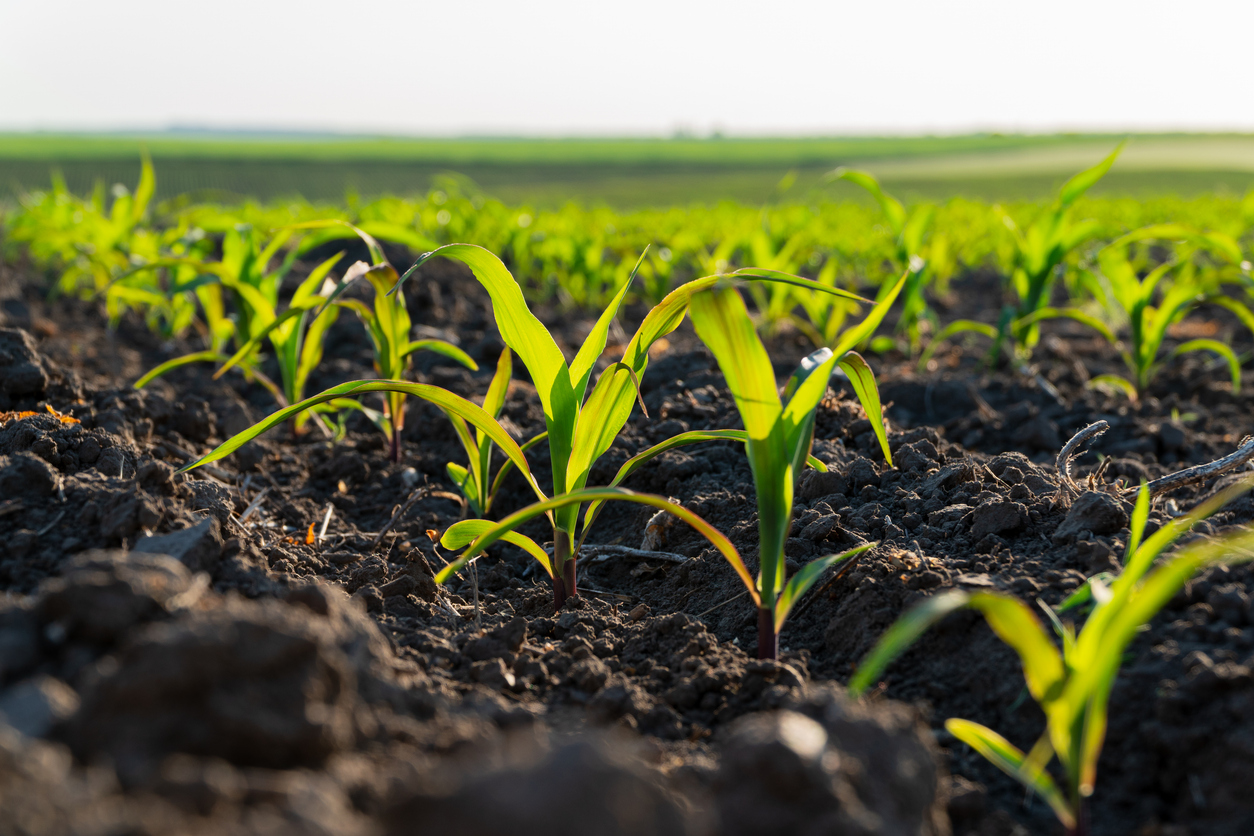
MIT Chemists Boost Rubisco's Efficiency for Photosynthesis
July 9, 2025| |
Chemists from the Massachusetts Institute of Technology (MIT) have enhanced a version of Rubisco found in bacteria from a low-oxygen environment. Using a process known as directed evolution, they identified mutations that could boost Rubisco's catalytic efficiency by up to 25 percent.
During photosynthesis, the enzyme Rubisco catalyzes a key reaction — the incorporation of carbon dioxide into organic compounds to create sugars. However, while it is believed to be the most abundant enzyme on Earth, Rubisco catalyzes only one to 10 reactions per second compared to the other enzymes involved in photosynthesis.
To improve Rubisco, the MIT team employed a newer mutagenesis technique developed by the Shoulders Lab, called MutaT7. The MutaT7 technique allows researchers to perform both mutagenesis and screening in living cells, which dramatically speeds up the process. Their technique also enables them to mutate the target gene at a higher rate.
The team used a version of Rubisco from a family of semi-anaerobic bacteria known as Gallionellaceae, which is one of the fastest Rubisco found in nature. After six rounds of directed evolution, three different mutations that improved Rubisco's resistance to oxygen were identified. The researchers believe that these mutations improve the Rubisco's ability to preferentially interact with carbon dioxide over oxygen, which leads to an overall increase in carboxylation efficiency.
For more details, read the article in MIT News.
| |
You might also like:
- "Booster" Gene Game-Changer for Plant-Based Jet Fuel and Food Production
- Warming Climate Threatens Photosynthesis of Forest Trees
- Researchers Use CRISPR-Cas9 to Alter Photosynthesis for the First Time
Biotech Updates is a weekly newsletter of ISAAA, a not-for-profit organization. It is distributed for free to over 22,000 subscribers worldwide to inform them about the key developments in biosciences, especially in biotechnology. Your support will help us in our mission to feed the world with knowledge. You can help by donating as little as $10.
-
See more articles:
-
News from Around the World
- 8th Asian Short Course on Agribiotechnology, Biosafety Regulation, and Communication (ASCA8)
-
Plant
- Euroseeds Calls on Danish Presidency to Drive NGT Discussions to Conclusion
- EFSA GMO Panel Releases Scientific Opinion on GM Soybean DBN9004
- Gene-edited Rice Exhibits Rice Blast Resistance and Improved Lignin Content
- BRIC-NIPGR Develops Gene-Edited Rice with Improved Phosphate Uptake and Grain Yield
- MIT Chemists Boost Rubisco's Efficiency for Photosynthesis
-
Health
- UC Santa Cruz Introduces Software Program to Improve Accuracy of CRISPR
-
Environment
- USDA Completes Regulatory Review of Genetically Engineered Chestnut Tree
-
Read the latest: - Biotech Updates (November 26, 2025)
- Gene Editing Supplement (November 26, 2025)
- Gene Drive Supplement (February 22, 2023)
-
Subscribe to BU: - Share
- Tweet

